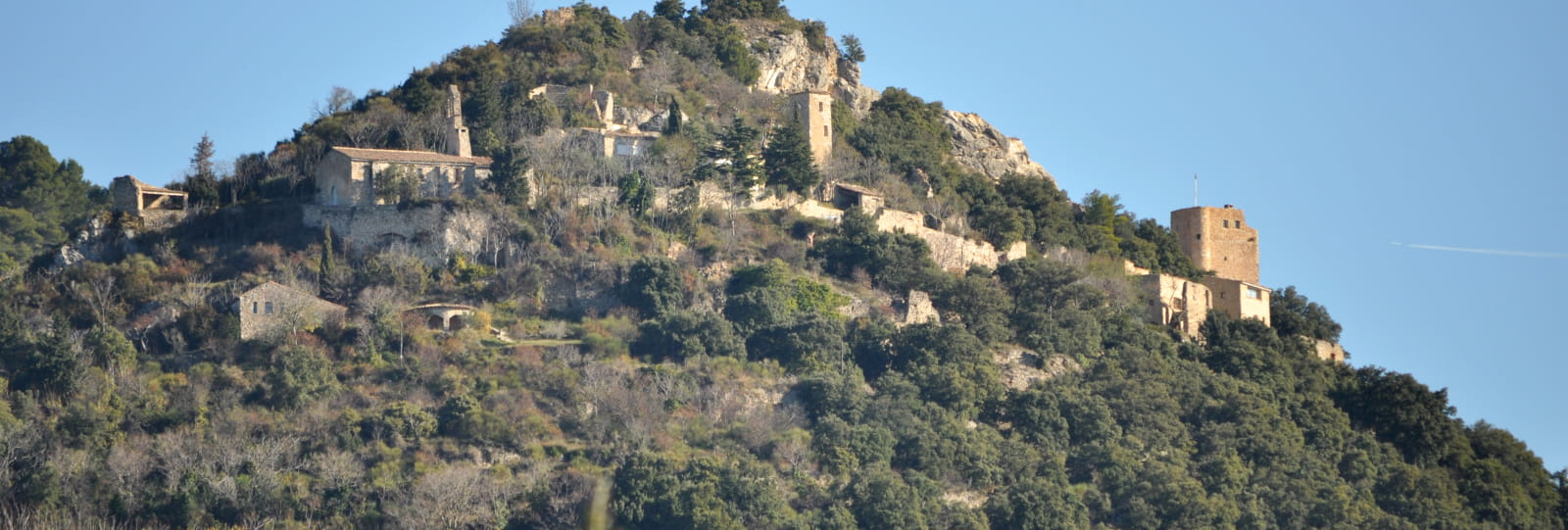
Mérindol-les-Oliviers
Mérindol-les-Oliviers is a village located 13 km from Buis-les-Baronnies on the edge of the Vaucluse region.
The ancient ruined village and château are perched on the southern slopes of La Loubatière, offering panoramic views of Mont Ventoux, the crests of Vaison-la-Romaine, the Rhône valley and the Gard mountains. This location earned it the name Merinda, which means "belvedere" in Latin.
For a long time, the village was very inaccessible, but today there are several roads leading to it: from Puyméras, Faucon, Mollans-sur-Ouvèze and Propiac. In fact, it was thanks to the thermal baths at Propiac that Mérindol was connected to the D147.
Mérindol is surrounded by vineyards, olive groves, apricot trees and broom in spring. In the past, peasants grew olives and cereals instead of apricots on the plains above Faucon and Puyméras. Today, the town hall and school are located here. It is said that the former inhabitants of the old village came down to these plains to be closer to their land. Indeed, in the 18th century, water shortages prompted the Mérindolais to settle in and around the d'Aiguillan district on the plain. The old mills that fed the seigneuries were then renovated and inhabited, as they still are today.
At an altitude of 430m, the old village is made up of mute stones and crumbling walls. On the other side are the remains of the collapsed ramparts. It's worth remembering, however, that Mérindol was once so lively and bustling that the region's most powerful lords, jealous of Mérindol's possession, fought for it on an equal footing with a more important stronghold. In the early 14th century, the village came under siege following a disagreement between the last of the Barons of Mévouillon and the Prince of Orange. Neither would recognize their testamentary donations, with the result that both were eager to keep Mérindol. In addition, the village was repeatedly invaded during the Wars of Religion. Nothing could restore calm, not even peace between Protestants and Catholics.
Today, only one tower of the castle, razed to the ground in 1623, has been rebuilt and refurbished, but it remains private and cannot be visited. However, it breathes new life into the old, abandoned village and adds an authentic yet modern touch to the landscape.
What to see
- The old village
- Remains of the ramparts
- The old cemetery
- Notre-Dame de l'Assomption church
- Notre-Dame de Porporières church and its canonical sundial
Things to do
- Hiking
- Swimming
- Cycling
Opening
All year round, daily.
Prices
Free access.
Through Office de Tourisme des Baronnies en Drôme Provençale




